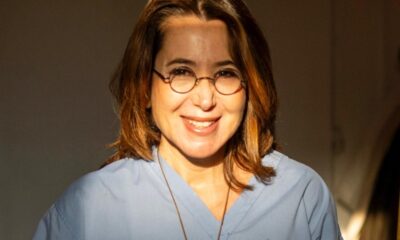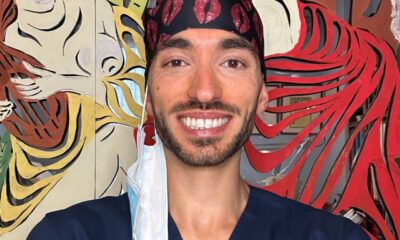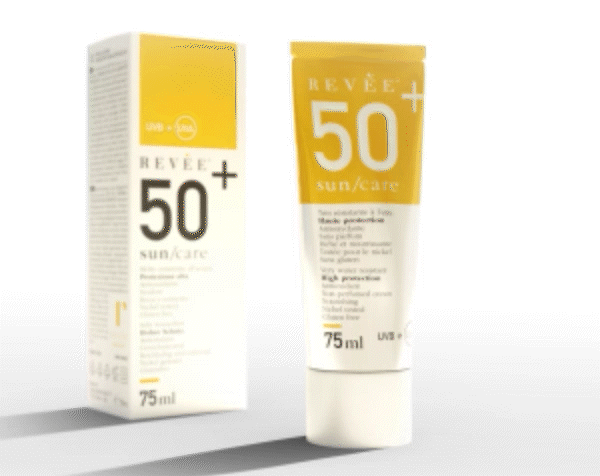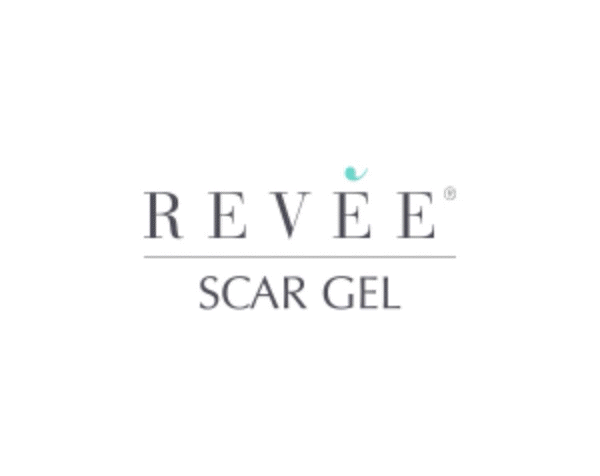Revée pills
Surgery and space: the “Suture in space” project goes into orbit
«Sutures in Space is the first experiment that tries to verify what happens to injured and sutured human tissues in space». With these words Doctor Marco Bernini, breast surgeon at the Careggi University Hospital in Firenze describes the experiment in a double interview with Monica Monici, Coordinator of the project “Suture in space”, the ASAcampus, Experimental and Clinical Biomedical Sciences Department, University of Florence joint laboratory, created immediately after the launch of Spx-26 (Cargo Dragon 2) in space.
The experiment, started 7 years ago, has brought into orbit samples of human tissues to experiment how the body survives trauma and wounds in conditions of microgravity (such as, indeed, in orbit).
“Sutures in space”: models of wounds sutured in space
«The project was born about seven years ago. The healing process of wounds is essential for the survival of the organism. – Monici explains – It is complex and takes place in several stages. I thought it would have been interesting to see if and how weightlessness affects the process and I proposed to some colleagues the idea of preparing a study project and submitting it to the European Space Agency, who selected it to be performed on the International Space Station (ESA-ILSRA-2014). The project is coordinated and financed by the Italian Space Agency (C-ASI No. 2018-14-U.0-Suture in Space). These studies can be important to plan, from a sanitary point of view, future missions of space exploration».
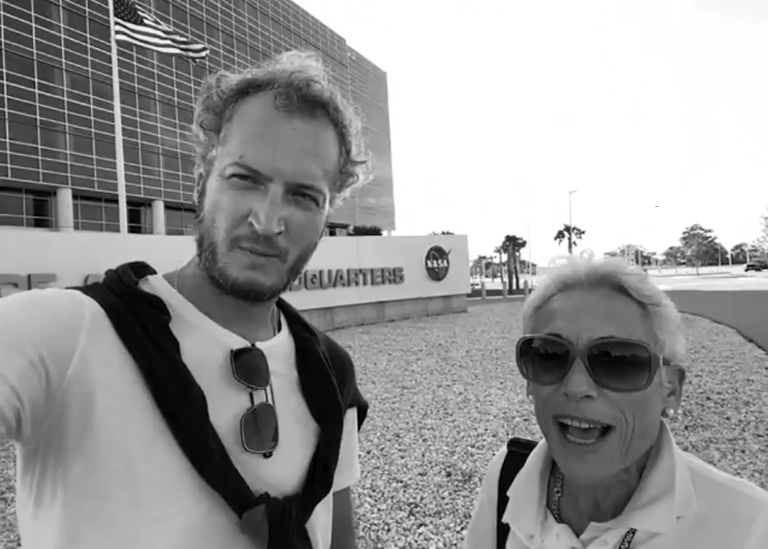
The project, which went into space, is the result of a collaboration with various European and Italian realities: «Yes, the project is international. In addition to Italian researchers, there are researchers from German, Dutch and Danish Universities. In the project, everyone has a precise task, especially as regards the many analyses that will be made on the samples when they return to Earth» Monici continues.
Doctor Bernini adds: «It is an experiment of surgical sutures not only on the skin but also on blood vessels. This project is a source of pride because it is the first time a similar experiment has been attempted on human tissues in space».
The objective of the experiment is to understand, at least in part, how conditions of altered gravity can affect the early stages of the repair process, as Monici explains: «To study the healing process of sutured wounds in conditions of microgravity».
Objectives and expected results
«We expect to understand, at least in part, whether and how gravity (or altered conditions of gravity) affects the early stages of the wound healing process. Obviously this is a first step. Other experiments will be necessary to deepen our knowledge» Monici continues. It is clear that with only one experiment it will not be possible to understand everything, for this reason it will take subsequent experiments to thoroughly study the healing of wounds in space and also the suture techniques to be applied.
«The most immediate goal is to study and understand the healing process of surgical wounds in space. With this experiment we have also achieved other important results. The joint efforts of all partners have allowed to develop a culture technique that allows the tissues to survive for quite long times. It could therefore have important implications for the treatment of wounds also on Earth» explains Bernini.
The champions will return to Earth in the first days of the new year. A good part of the results of the project “Suture in space” will be available by the end of 2023.«As I said above, the results will be used for future deep space exploration missions. In addition, the new knowledge can also be applied to Earth. For example, the new technique developed for the project Suture in Space, which allows to keep tissues extracted in vital conditions for over a month, could be usefully applied in the fields of tissue engineering and regenerative medicine» concludes Monici.






